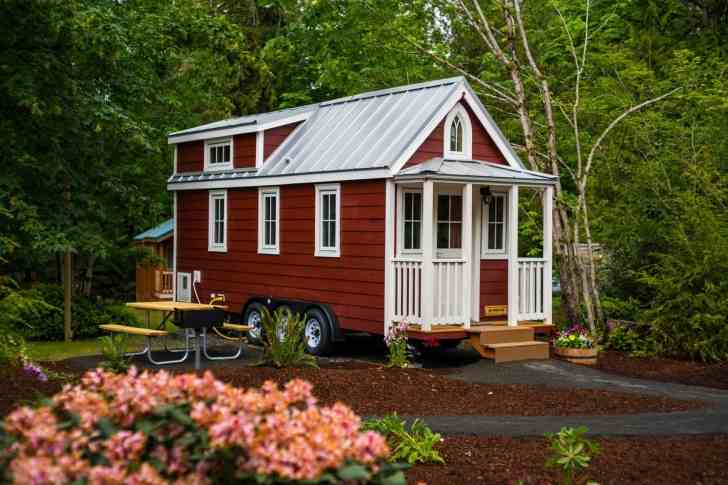Tiny Prefab-Houses: Features, Prices, and More
Tiny prefab-houses offer a sustainable, affordable, and efficient solution for modern living. These homes combine the benefits of tiny house living with the convenience of prefabrication, making them an attractive option for many.

Introduction
Tiny prefab-houses are revolutionizing the housing market with their affordability, sustainability, and quick construction times. Discover why these compact, prefabricated homes are becoming increasingly popular.
Benefits of Tiny Prefab-Houses
Tiny prefab-houses provide numerous advantages for homeowners, from cost savings to environmental benefits.
Key Benefits
- Affordability
- Lower construction and maintenance costs compared to traditional homes.
- Sustainability
- Reduced carbon footprint due to smaller size and efficient use of materials.
- Quick Construction
- Homes can be assembled in weeks rather than months.
- Customization
- Many companies offer a variety of customizable designs to fit personal preferences.
Popular Tiny Prefab-House Models
Here are some popular models of tiny prefab-houses, showcasing their features and pricing.
1. The Allwood Escape
- Size: 113 sq ft
- Price: $5,350
- Features: Solid wood construction, easy assembly, eco-friendly materials
2. The MODS 40 Foot Tiny Home
- Size: 320 sq ft
- Price: $36,000
- Features: Fully furnished, includes kitchen and bathroom, HVAC system
3. The KODA Loft
- Size: 310 sq ft
- Price: $125,000
- Features: Modern design, energy-efficient, portable
How to Choose the Right Tiny Prefab-House
Factors to Consider
- Budget
- Determine your budget and look for models within your price range.
- Size and Layout
- Choose a size and layout that meets your needs and lifestyle.
- Materials and Construction
- Look for high-quality, sustainable materials.
- Customization Options
- Ensure the model offers the customization you desire.
- Installation and Setup
- Consider the ease of assembly and any additional installation costs.
Q&A Section
Q: What are the main advantages of tiny prefab-houses compared to traditional homes? A: Tiny prefab-houses are more affordable, environmentally friendly, and quicker to build. They also offer flexibility in design and location.
Q: How long does it take to build a tiny prefab-house? A: Depending on the model, it can take anywhere from a few days to a few weeks to assemble a tiny prefab-house.
Q: Are tiny prefab-houses eco-friendly? A: Yes, they typically use fewer resources and generate less waste during construction. Many models are also designed with energy efficiency in mind.
Professional Analysis
Market Trends
The market for tiny prefab-houses is growing rapidly as more people seek affordable and sustainable living options. According to a report by Grand View Research, the global market for prefabricated buildings is expected to grow at a compound annual growth rate (CAGR) of 6.9% from 2020 to 2027.
Cost Efficiency
Tiny prefab-houses offer significant cost savings both in the initial construction and long-term maintenance. For example, the average cost to build a traditional home is around $150 per square foot, while prefab homes can cost as low as $40 per square foot.
Environmental Impact
Tiny homes have a lower environmental impact due to their smaller size and efficient use of materials. Many prefab-houses also incorporate sustainable materials and energy-efficient systems, further reducing their carbon footprint.
Table: Cost Comparison of Traditional Homes vs. Tiny Prefab-Houses
| Type of Home | Average Cost per Sq Ft ($) | Total Cost (1000 sq ft) ($) |
|---|---|---|
| Traditional Home | 150 | 150,000 |
| Tiny Prefab-House | 40 | 40,000 |
Tips for Buying a Tiny Prefab-House
- Research Thoroughly
- Look into different models, manufacturers, and customer reviews.
- Visit Showrooms
- If possible, visit showrooms to see the houses in person.
- Check Regulations
- Ensure that local zoning laws and building codes allow for tiny homes.
- Consider Future Needs
- Think about how your needs might change and choose a model that can adapt.
Citations







Recent Comments